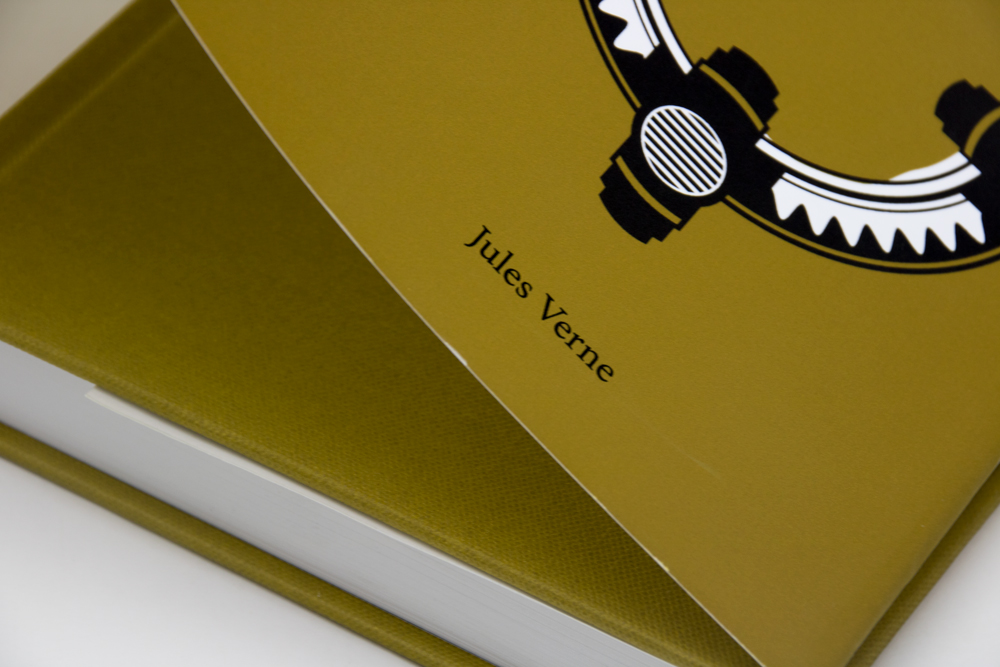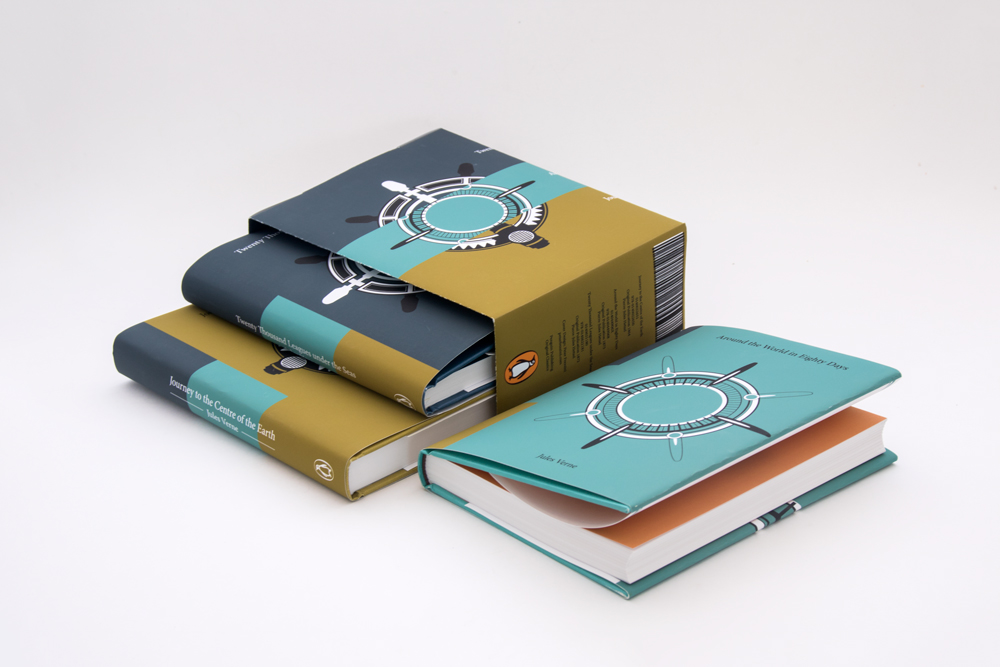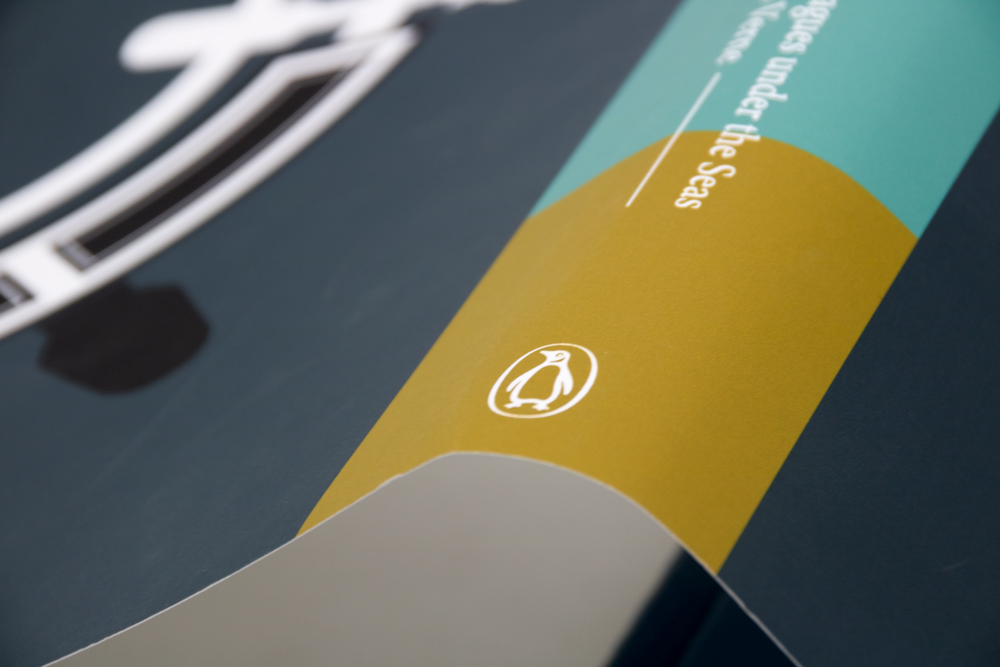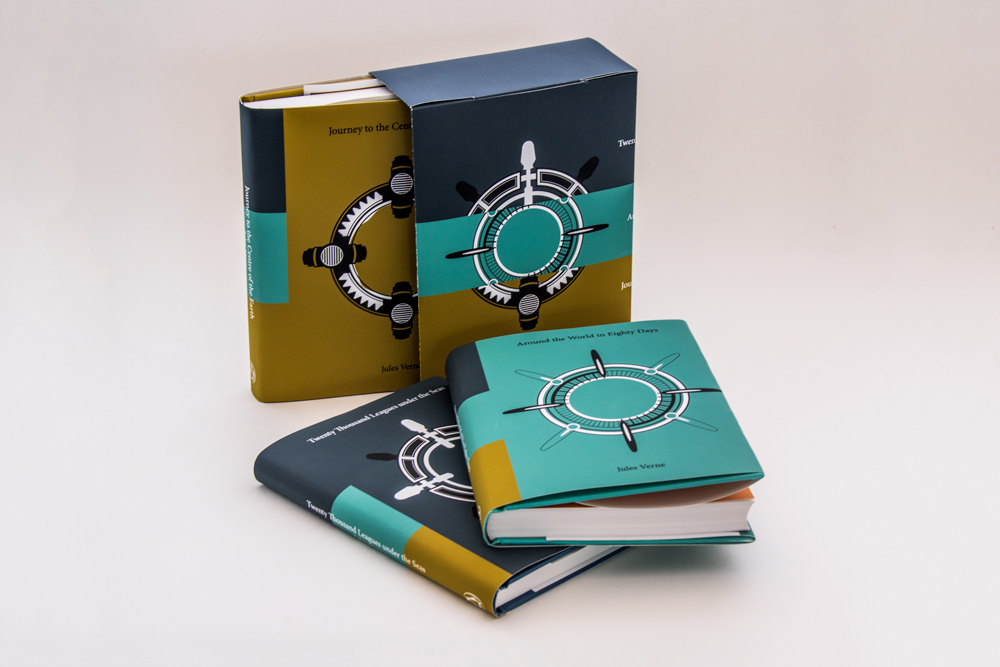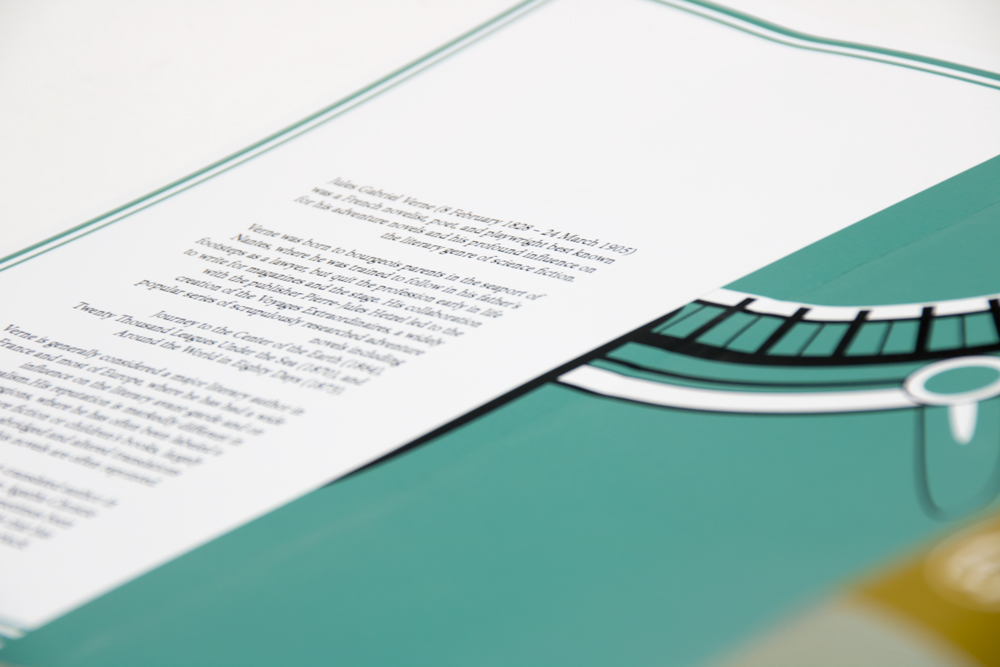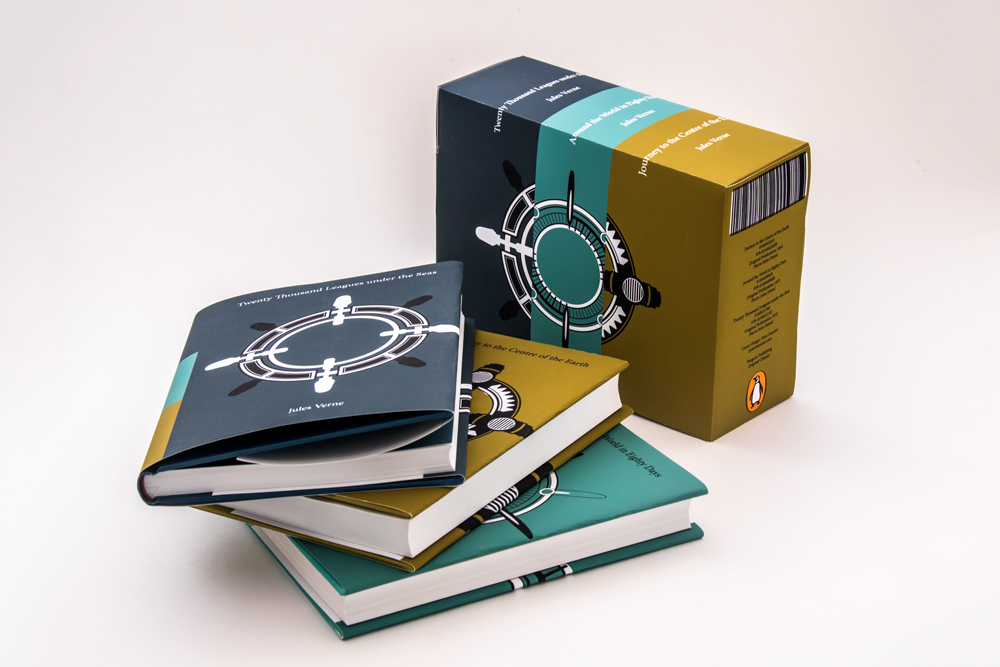Jules Verne Book Set
Jules Gabriel Verne was a French novelist, poet, and playwright best known for his adventure novels and his profound influence on the literary genre of science fiction. His collaboration with the publisher Pierre-Jules Hetzel led to the creation of the Voyages Extraordinaires, a widely popular series of scrupulously researched adventure novels including Journey to the Centre of the Earth (1864), Twenty Thousand Leagues Under the Sea (1870), and Around the World in Eighty Days (1873).
Verne is generally considered a major literary author in France and most of Europe, where he has had a wide influence on the literary avant-garde and on surrealism. His reputation is markedly different in Anglophone regions, where he has often been labelled a writer of genre fiction or children's books, largely because of the highly abridged and altered translations in which his novels are often reprinted.
Verne has been the second most-translated author in the world since 1979, ranking between Agatha Christie and William Shakespeare. He has sometimes been called the "Father of Science Fiction", a title that has also been given to H. G. Wells and Hugo Gernsback.
This project is a set of three illustrated dust covers for the books Journey to the Centre of the Earth, Twenty Thousand Leagues Under the Sea, and Around the World in Eighty Days (1873) complete with collection packaging. The main focus of this project was that the theme for the books be consistent across all three titles and be
visually sound.
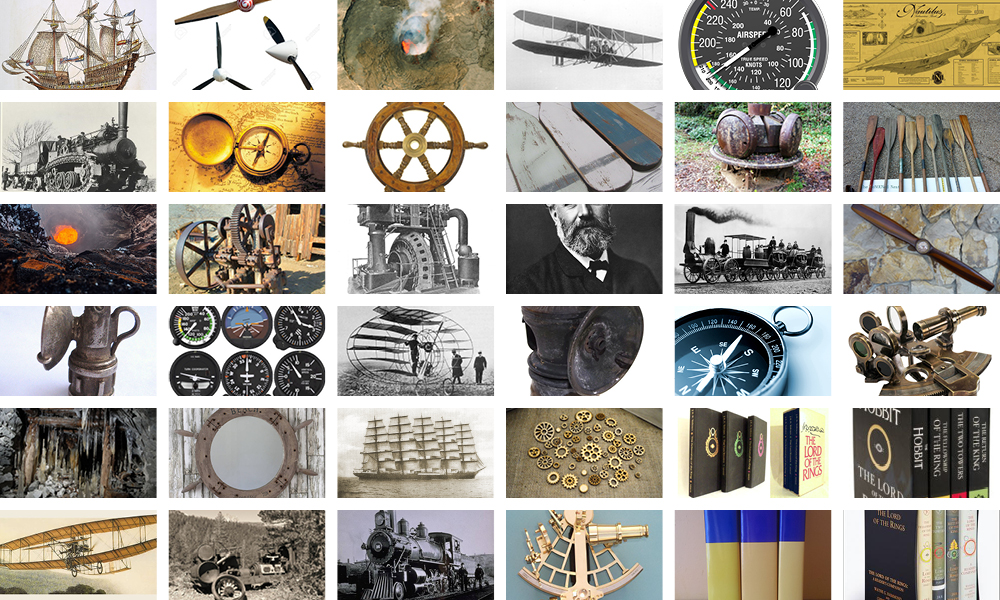
Research for this brief was anecdotal due to personal experience
and knowledge with the titles specified in the return brief.
The Voyages Extraordinaires (literally Extraordinary Voyages or
Extraordinary Journeys) is a sequence of fifty-four novels by the French
writer Jules Verne, originally published between 1863 and 1905.
According to Verne’s editor Pierre-Jules Hetzel, the goal of the
Voyages was “to outline all the geographical, geological, physical, and
astronomical knowledge amassed by modern science and to recount, in
an entertaining and picturesque format ... the history of the universe.”



Initial research findings showed the mains themes in the books were scientific innovations relevant to the pre-industrial era involving traditional technologies as well as fictional ones. Pushing this frontier was coupled with the theme of adventure since most scientific and technological changes had not been advanced at such a significant rate and needed to sway public opinion.
Using these findings the main themes extracted were adventure and geographical elements, such as air, earth and water. The elements of the three titles, Around the World in 80 Days, Twenty Thousand Leagues under the Seas, and Journey to the Centre of the Earth coupled with the theme of adventure the general direction for development became clear. The visual reference of the earth to both look at geographical location and technological advances had to be subtle to not over power the main themes. A main circular graphic that encapsulates the above used in conjunction with typographic elements would harness the the focus of the viewer to see multiple visual keys to what the story of the title would entail. These will run in tandem across the design of the casing for the books, with the title Voyages Extraordinaires.
The main titles may downplayed on the front cover, but referenced again on the inside sleeve of the dust jacket along with a blurb and on the reverse an author bio. With the main graphic on the front the back may replicated the same graphic at a larger scale to enhance the elements larger image. Typography will be consistent with that which in on the interior most likely being a industrial era serif.
